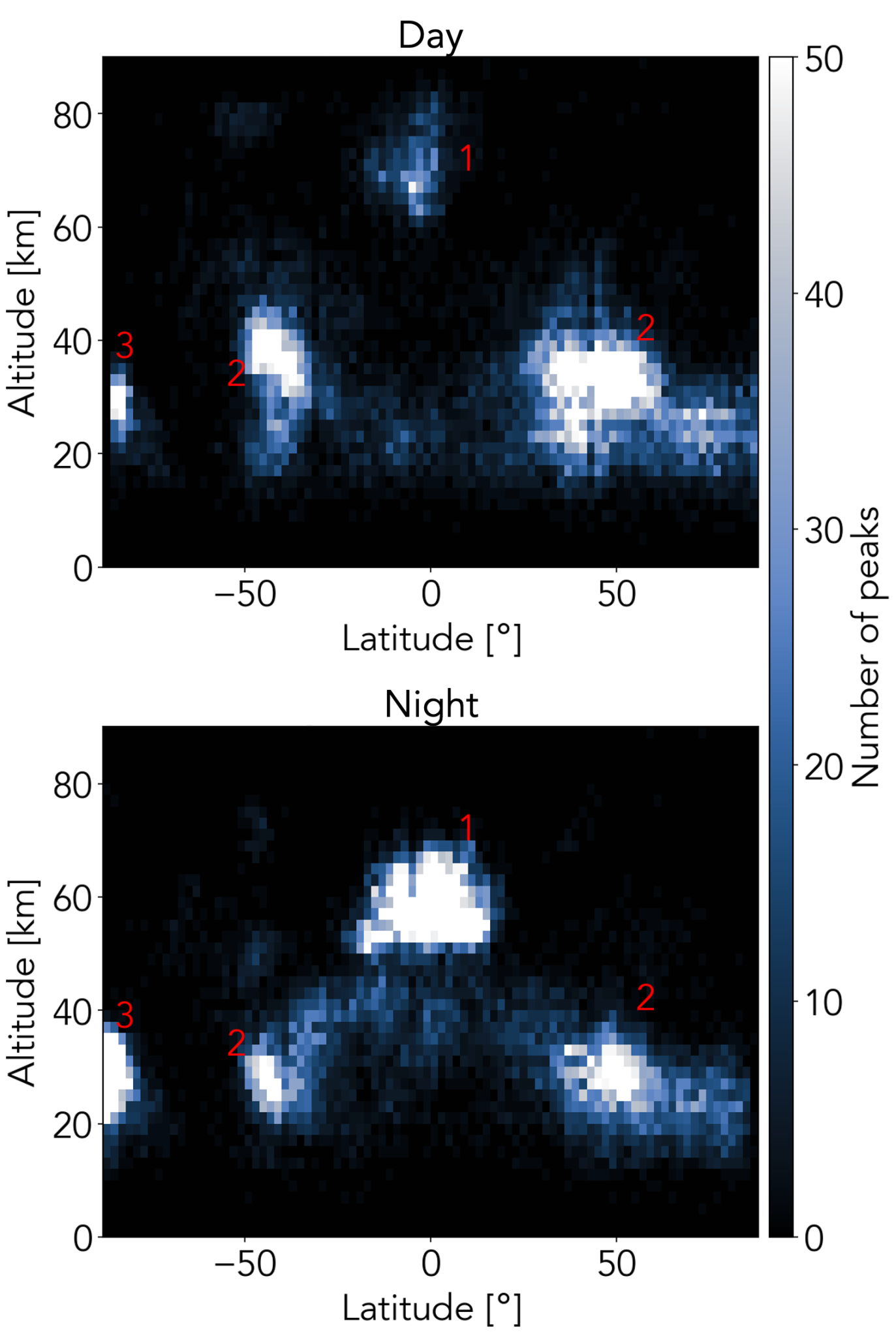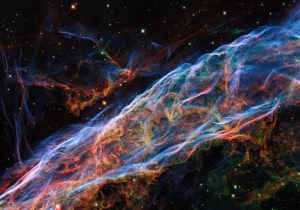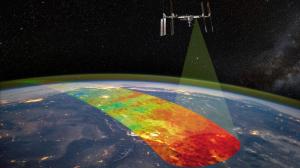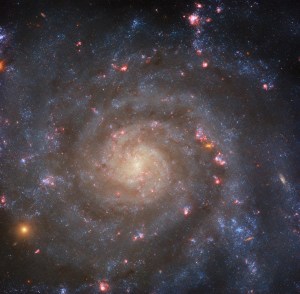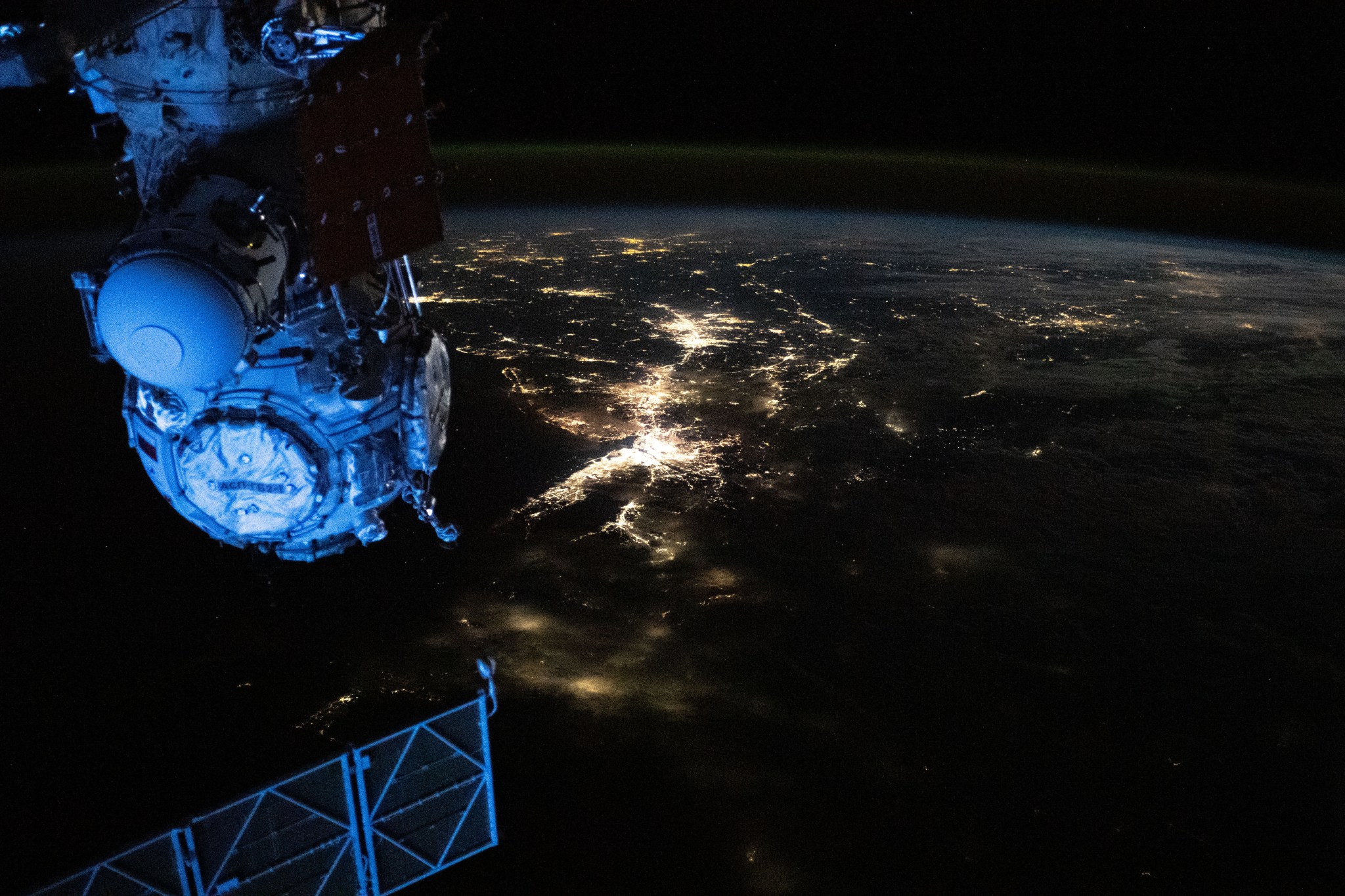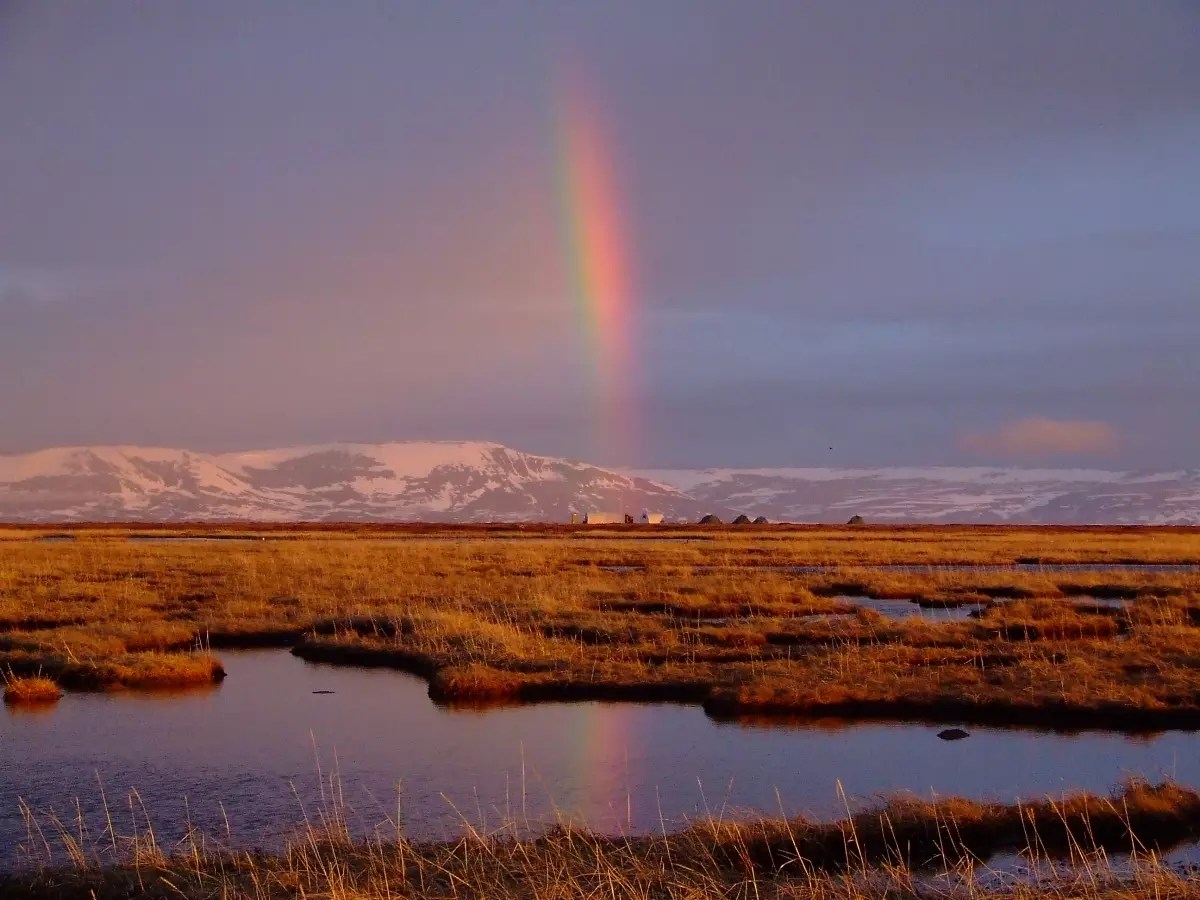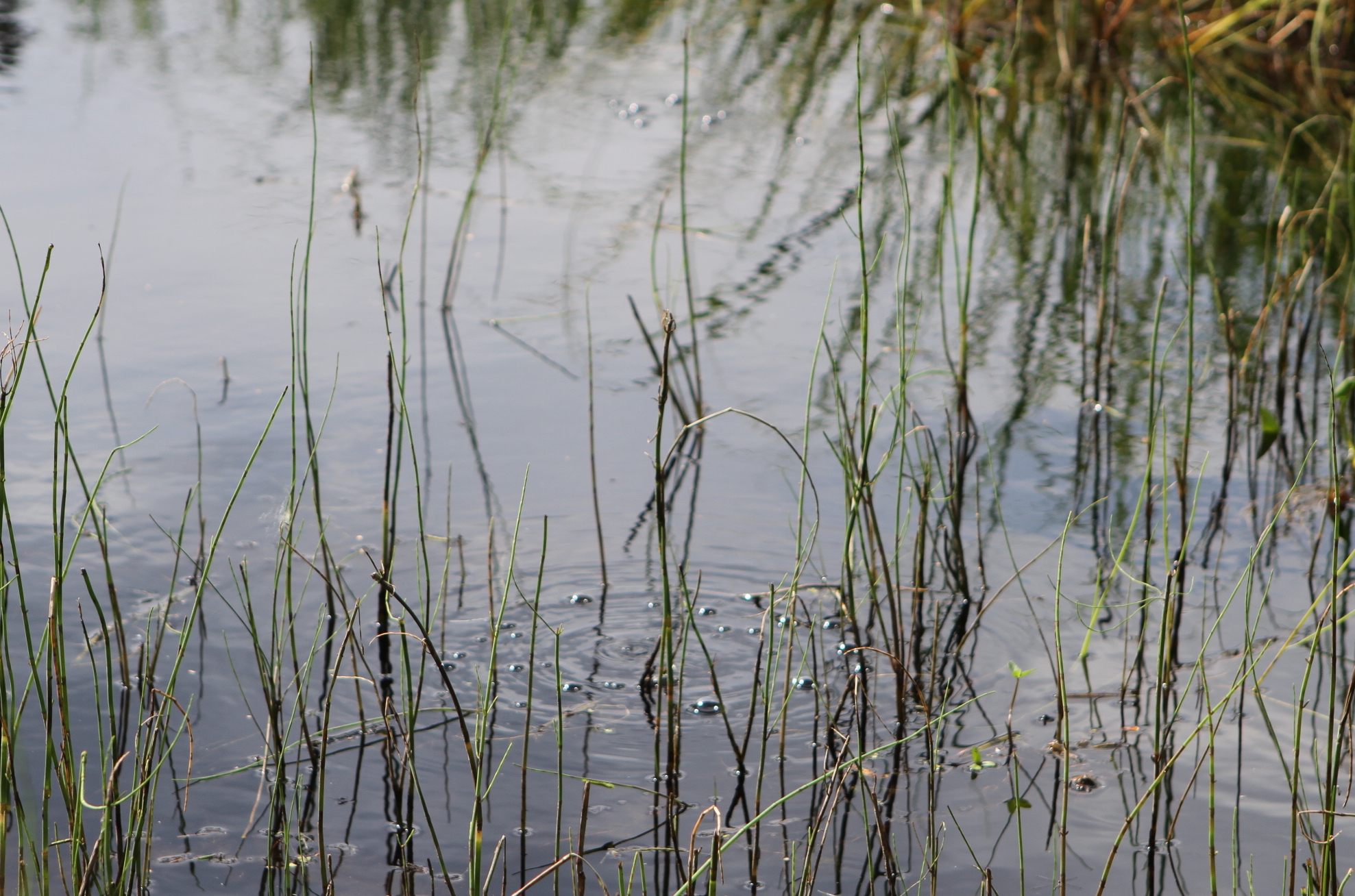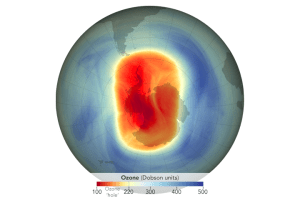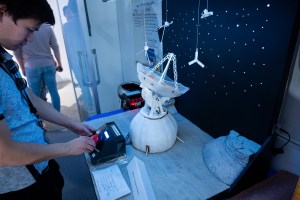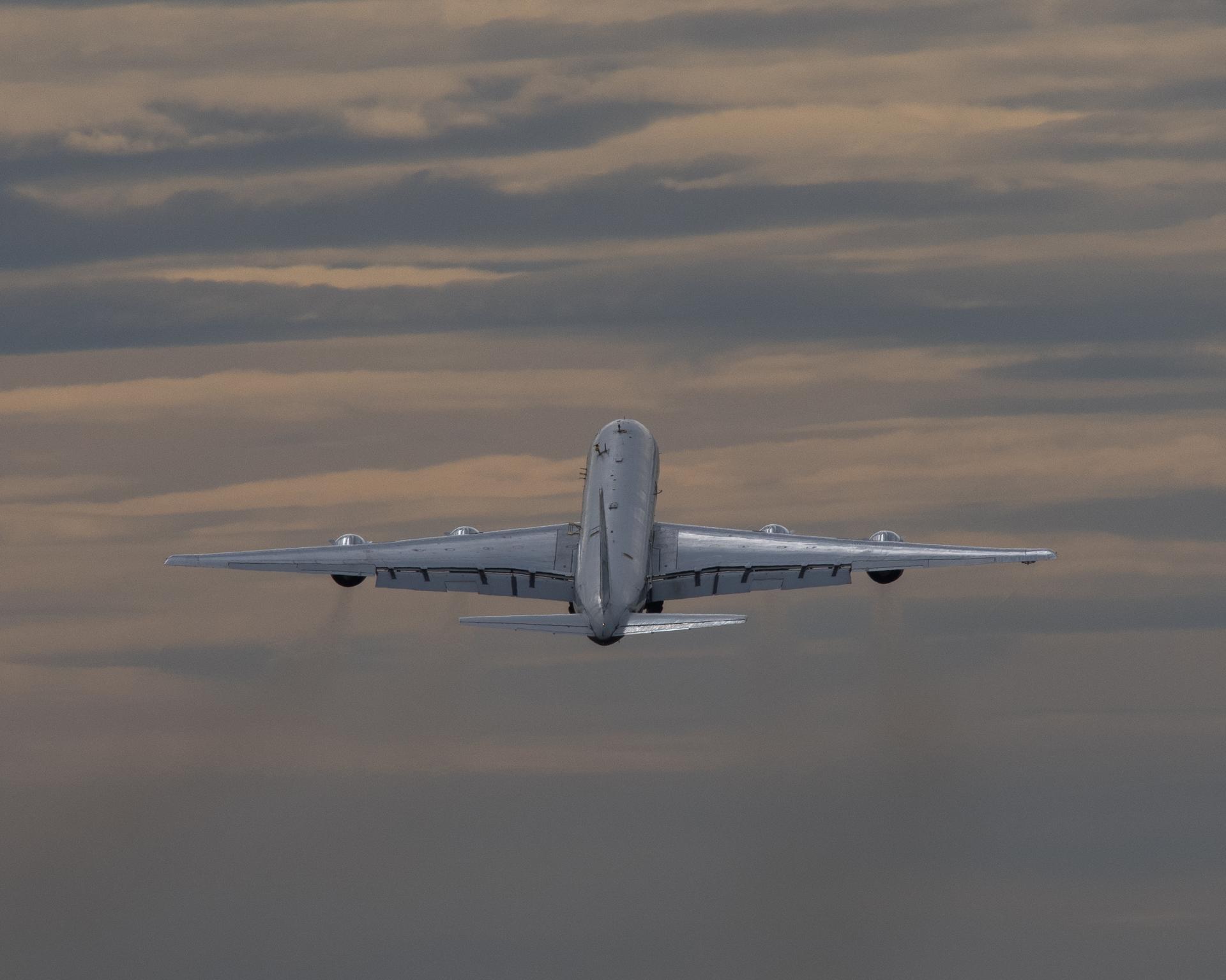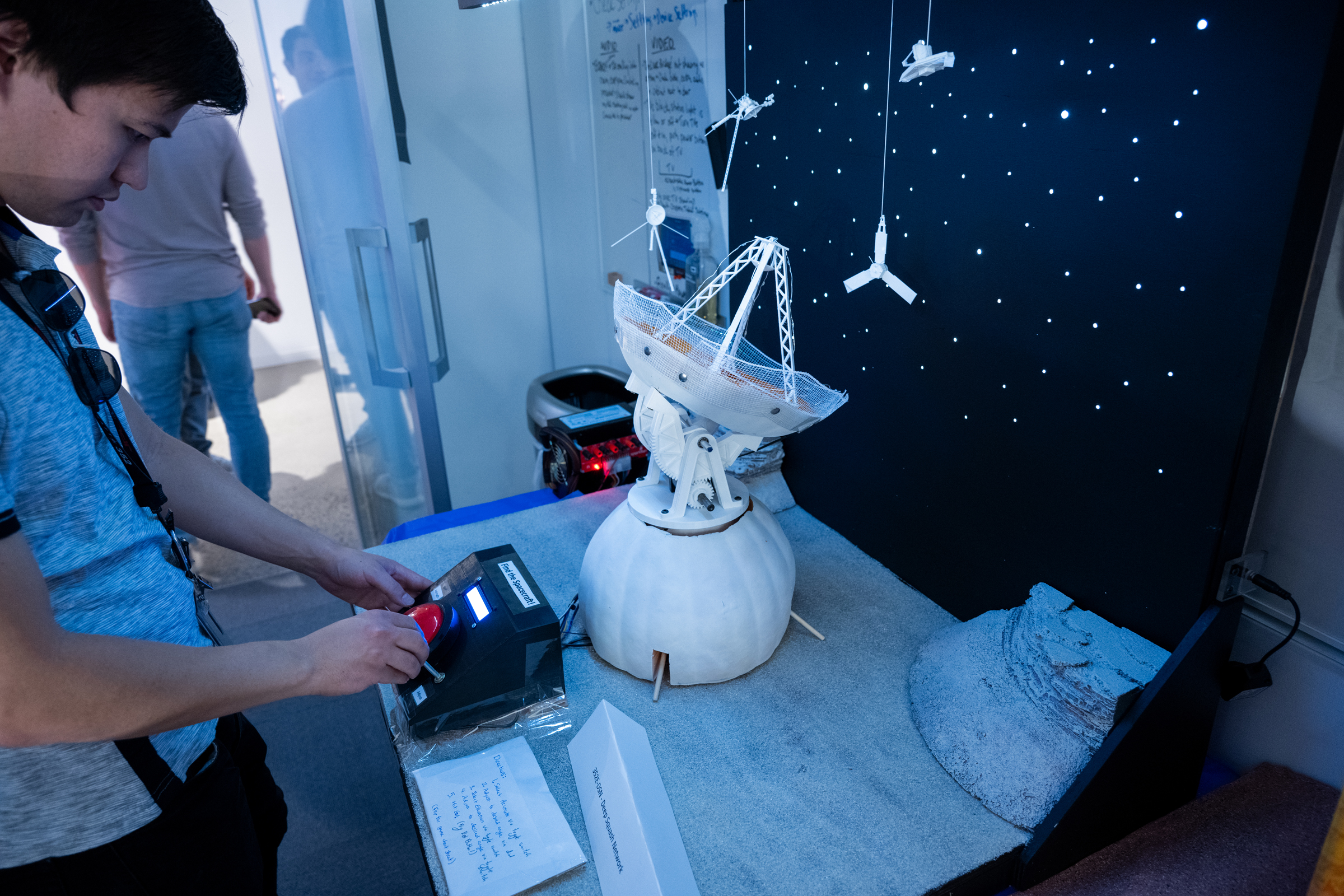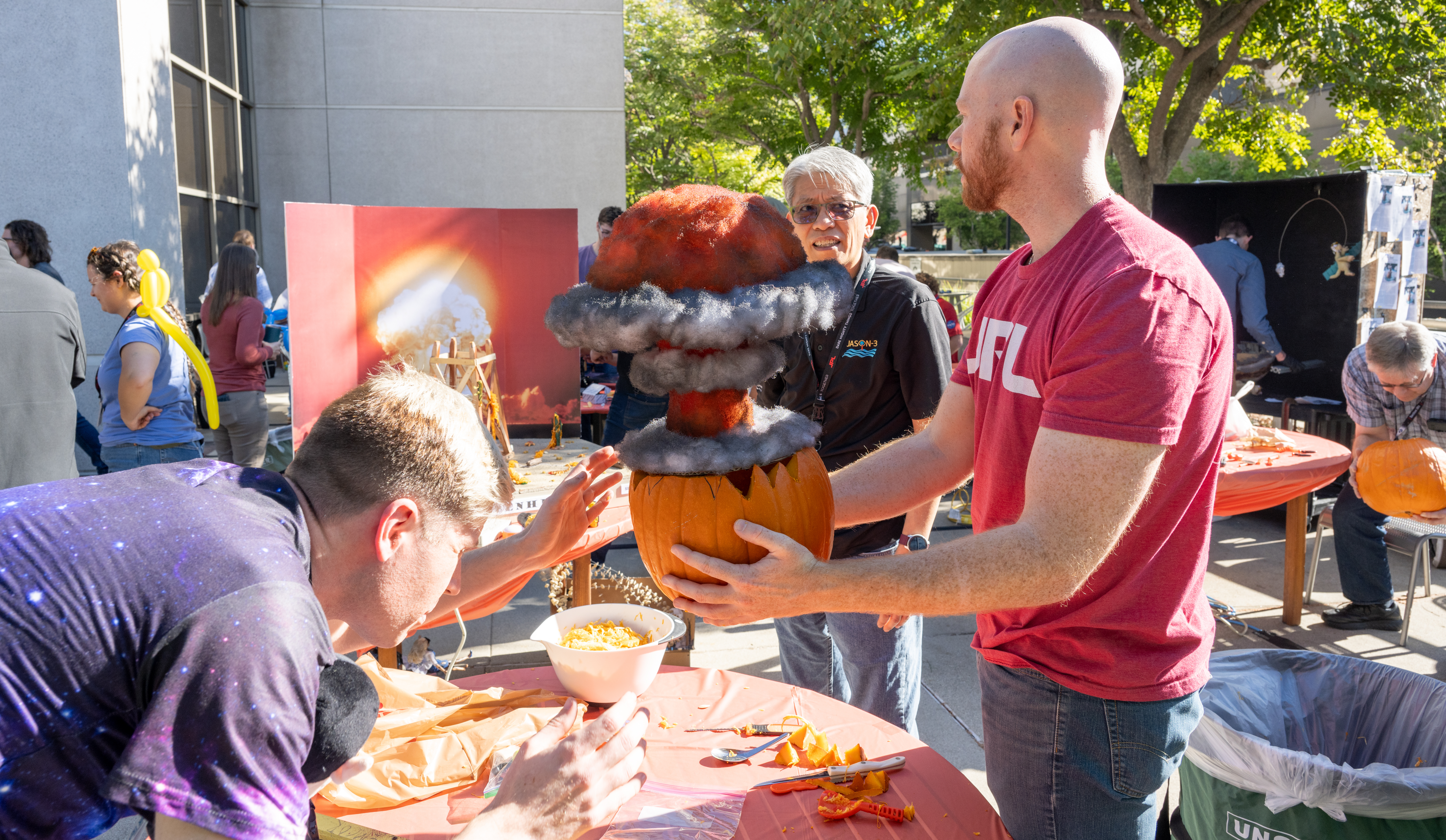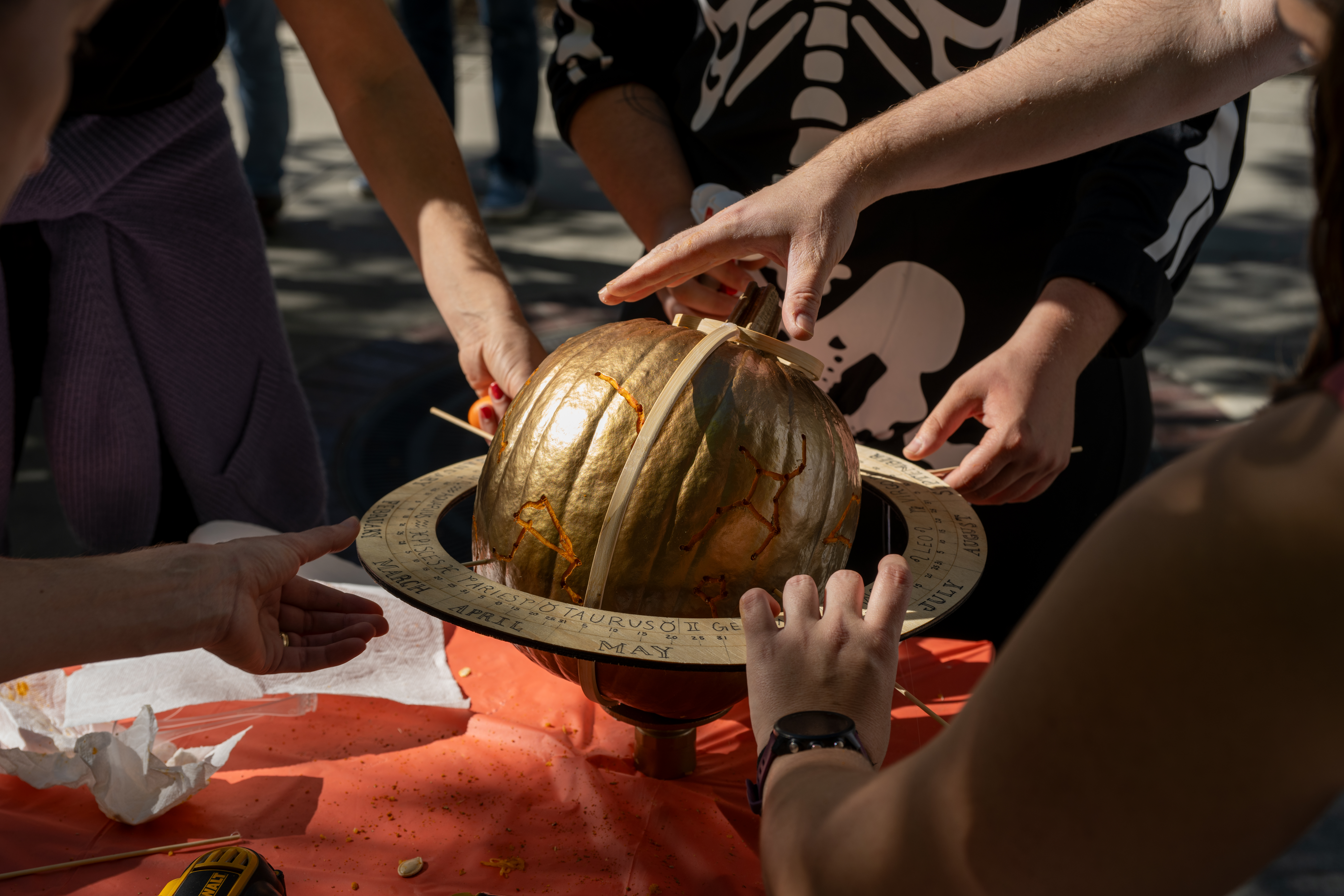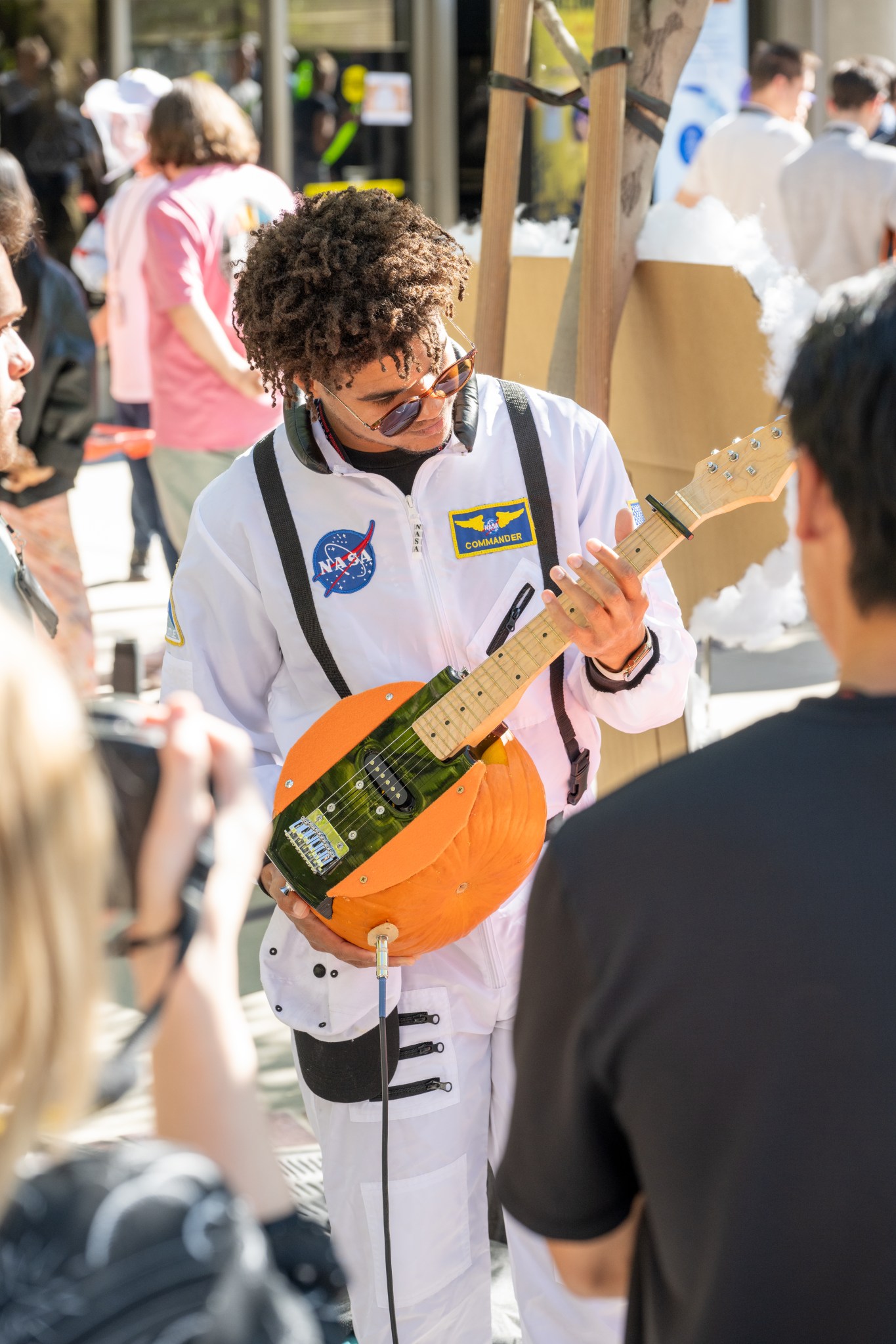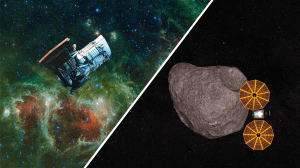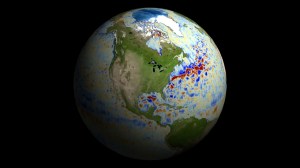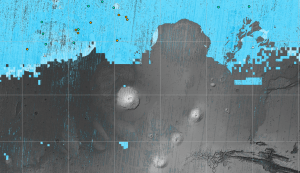Six Rules for Surviving in a Government Organization
8 min read
Six Rules for Surviving in a Government Organization
An interview of Dr. Paul Hertz, a senior leader in the Science Mission Directorate
By: Anna Ladd McElhannon, Summer 2022 Intern, Office of the Chief Scientist
Dr. Paul Hertz is a leader of NASA and had served as the Astrophysics Division Director since 2012 until 2022. Throughout his career, he remained a well‐respected and admired leader who accomplished things that an undergraduate physics student like me could only dream of.
We met for the first time on a summer day full of sudden, fierce storms. On the way to a quiet meeting place (a video conference meeting, of course), the previously blue sky started pouring rain. I was surprised my laptop still worked when I finally came indoors. Paul, though, was sitting in his home office with a grin on his face, perfectly content to ignore my soaking shirt and dripping hair.
Considering what I had been told, his easygoing kindness and immediate friendliness was no surprise.
We started by bonding over our shared love for all things astrophysics. His passion began during the Apollo missions.
“I remember John Glenn’s flight, and I must have been in second grade. From that point on, I was following everything that happened.” He would watch all the astronauts on TV, and he kept a scrapbook of any newspaper clippings he could find on the space program. “I remember when Armstrong walked and, my parents used to let me stay home from school whenever the astronauts were walking on the Moon.”
His passion for space did not end there. With undergraduate degrees in math and physics from MIT, he proceeded to earn his Ph.D. in astronomy from Harvard. Like most students going into the sciences, he assumed he would become a professor at a university. He realized, though, that professorship wasn’t the life for him. “I made a choice early on when I had young kids and a family, that I was going to have balance, and I wasn’t going to be a world‐famous scientist.”
As a NASA intern interviewing the Paul Hertz, one of my newfound idols, I found this comment amusing. But the sentiment still stood. “I made the choice not to be a professor but to stay as a government scientist.”
Somehow, though, he was able to become a famous scientist with a prestigious job and still feel satisfied with his personal life. Naturally, I asked him for advice on how to obtain this sort of balance without letting either side of one’s life fall onto the backburner.
He jumped at the opportunity to teach me these life lessons with a list of six rules he titled: How to Survive in a Government Organization.
6. Train your successor
When he first told me this rule, I applied it to my life. At my university, there is a Society of Physics Students. Every few years or so, we have incredible leadership that wins awards and involves students all over campus. Then the next election rolls around, and all the hard work dissipates. Paul says, “There’s all your institutional knowledge walking out the door every year.”
“Train your successor” immediately propelled me into planning mode: how can we incorporate a system at my school where the previous leaders sufficiently train their successors every year?
Paul was happy about this application, but it wasn’t what he originally intended by the rule.
“What I was thinking is that when people who are highly successful at their job start talking about getting another job, their boss says, ‘Sorry, you can’t go. I need you too badly.’”
As someone who has never worked in a similar system, I was appalled. Fortunately, this has not yet happened to him.
“I have been very successful in every job. I’ve had people around me say, ‘What are we going to do without you?… Nobody can replace you.’ I hate hearing that nobody can replace you because it’s patently untrue.”
5. Delegate
“A lot of us competent people think that we can do it better than anybody else. And so we want to hold on to it and do it ourselves because we know it’ll be done best… I used to do everything myself, and I was bad at teaming. You’ll kill yourself that way.”
As the Director of Astrophysics at NASA, I assumed he would have to be the best of the best. Regardless, as he said before, there is always someone who could replace him. While this sounds a little sad, it can come as a relief to someone trying to find peace in their work life.
“People like that want to do the part of their job that they could easily hand off. They are overworked and overwhelmed because they want to do it all themselves. They think they can probably do it better— but that’s not the point.”
As Paul says, the point is to do your job efficiently and not perfectly.
4. Don’t Make Work
“A lot of times you get choices.” He began, “We could do it this way or that way, and this way is a lot more work.”
Most bosses strive for perfection, but Paul understands how to balance perfection with importance. Asking, “How do I do it perfectly?” can cause problems and lead to employees feeling overworked.
[They say] ‘I’m just drowning.’
[I say] ‘You only have three assignments. You’re making too much work, you’re not delegating, and it’s taking twice as long. Don’t do it this way.’
Paul believes that if you can make your project better by a small amount, but it takes twice the time, the extra mile just isn’t worth it. “If it increased my chance of surviving surgery, then I would take that extra 10%.”
If you’re level of perfection is plateauing over time, as it inevitably will, just accept it.
“If you insist on perfection… that’s making work.”
3. Don’t break it
“Don’t break it” was one of the first rules he came up with. It simply means “don’t make it worse.”
It goes hand in hand with “Don’t make work.” Sometimes people can be perfectionists to the point where it impacts their personal life, and sometimes it can impact their professional career as well. That is the secret to finding balance.
“People feel overwhelmed because they’re not practicing these rules… You keep them in mind and then you use them to help prioritize. You must have a feel for what’s the most important thing and then for what’s the most important thing to do very, very well.”
2. Don’t Take It Personally
“You should accept 90% of your projects are going to work.” He asserts, “You should not expect it to always go right. And you should keep it in context when failure happens.”
That raises the question: what context?
It is difficult to imagine someone as successful as Paul to go through failure. But he has had his fair share of rough times in his own research. “Sometimes it turns out that the answer to your research is uninteresting. You realize, oh my ‐there was no ‘there’ there.”
Even when projects are cancelled, or someone else publishes their results before you can, your time isn’t waisted. There is a certain magic that comes with conducting scientific research, and it makes even failed projects worth the time and effort. “To me, the excitement is the hunt. It’s doing the research. It’s collecting the data and analyzing it. It’s looking for the signal that no one has ever seen before.”
1. Don’t Surprise the Boss
“Somebody probably told me this rule when I showed up at NASA. You can Google it and find out that it was a rule back in the Roman Empire—or something like that.”
When asked how long he has considered himself a leader, he began at high school. “Every club that I joined, I ended up being president… I ended up being added to the yearbook. When I went to college, I was president of clubs. When I was a researcher, I put together collaborations to do research… I wasn’t a supervisor or boss, but I was a leader; that’s been true at all stops along my career.”
As for the importance of the number one rule, Paul says it’s important to be transparent so that issues can be solved quickly and efficiently. “I don’t want my team to sugarcoat things. I want them to tell me. If something goes wrong, I’m going to hear about it from someone. But, I want to hear about it from them—I want to hear their view on it, and I want us to solve it together.”
Powered by WPeMatico
Get The Details…
